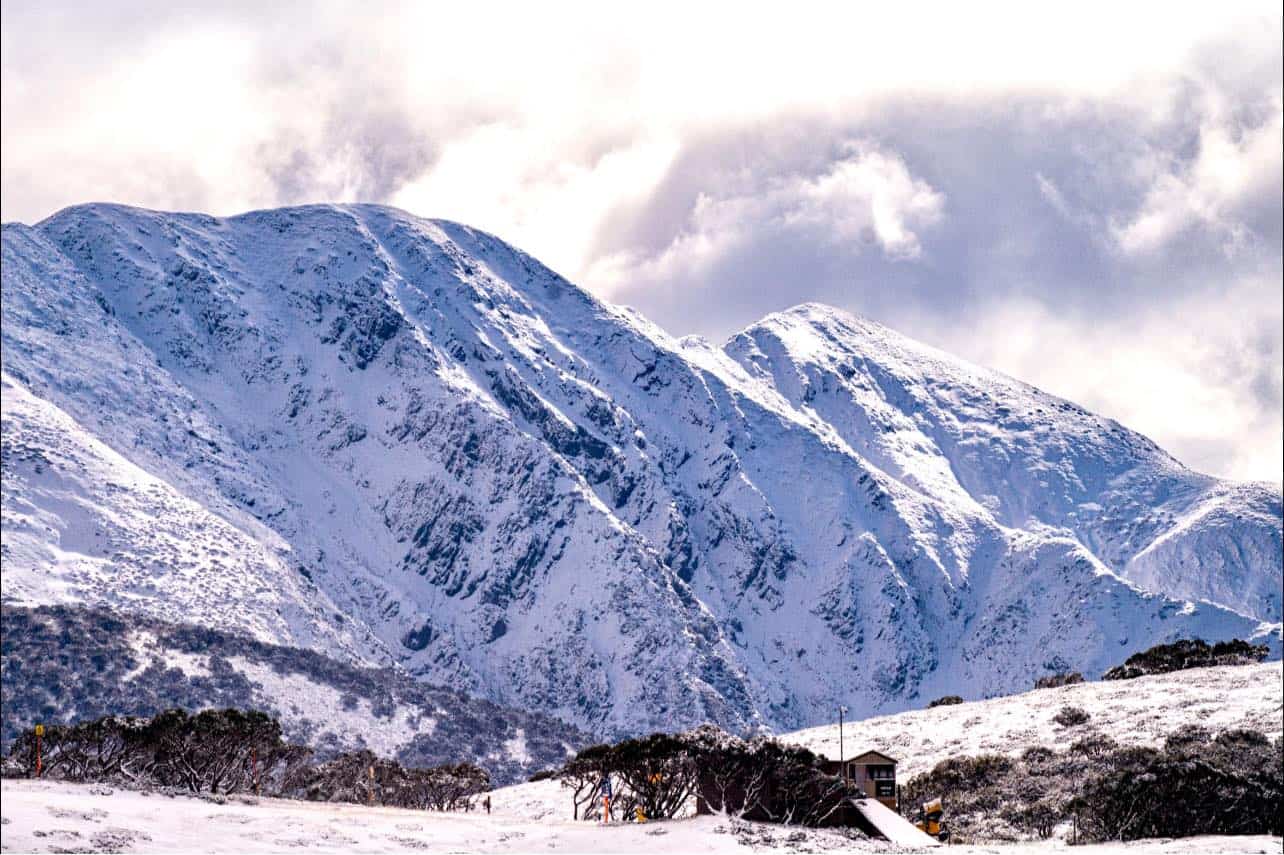Understanding the Value of Snow in Australia for Farming and Tourist
While Australia is often connected with sun-kissed coastlines and arid outback, it likewise boasts a wide range of snowy alpine areas. As we explore this unusual crossway, the potential effect of changing climate patterns on Australia's snowfall and its succeeding impacts come to be a compelling emphasis.

The Unexpected Snowfall: Australia's Alpine Regions
When winter cloaks the globe, Australia's Alpine areas don a white mantle of snow, a phenomenon that seems virtually paradoxical in this dominantly sun-baked land. As opposed to the stereotyped photo of Australia as a land of deserts and coastlines, these regions use a unexpected and lovely comparison. The Australian Alps, extending across New South Wales, Victoria, and the Australian Funding Area, obtain more snowfall than Switzerland. This unexpected winter heaven provides an one-of-a-kind ecological community, supplying a habitat for several indigenous varieties and a snowy play ground for wintertime sports fanatics. The yearly snowfall, although not as abundant as in some nations, is a crucial element of Australia's climate diversity and plays a considerable role in the nation's agricultural practices and tourism market.
Winter months's Bounty: Snow's Contribution to Australia's Water Resources
Regardless of its rarity in the wider landscape of Australia, snow in the Towering areas plays a vital function in the country's water sources. This is specifically crucial for Australia, a continent regularly pestered by dry spells. Without the bounty of winter months snow, Australia's water sources would certainly be significantly stressed, influencing both the setting and the populace.
White Blanket, Green Fields: The Impact of Snow on Australian Agriculture
Although less visible, the impact of snow on Australian agriculture is considerable. Snowfall in the high country serves as an all-natural form of irrigation, progressively melting and giving a constant water to lower-lying farmland. This water-rich atmosphere promotes the growth of durable plants, contributing to the country's agricultural performance. Snowfall boosts dirt health and wellness by introducing dampness and capturing nutrients, which are progressively launched as the snow melts. This procedure enhances click the dirt, fostering the development of healthier, more resistant plants. In addition, snow cover functions as a protective covering, protecting the ground against serious wintertime temperatures that can or else damage crops. Thus, the duty of snow in Australian agriculture is both multifaceted and essential.

Cold Cash Money: Snow Tourist and Its Economic Relevance in Australia
While the worth of snow to Australian agriculture is frequently ignored, its contribution to the country's tourist field is unquestionably significant. The snow-laden peaks of this contact form Australia's towering regions attract a flurry of travelers every wintertime, contributing millions to the nationwide economic situation. These visitors take part in a selection of snow-based activities, from skiing and snowboarding to snowshoeing and sledging. The thriving snow tourist market has actually caused the development of many jobs, from ski teachers to hotel team, boosting neighborhood economic situations at the same time. The income created from snow tourism aids fund various framework projects and important services in these regions. Hence, the economic value of snow tourism in Australia prolongs far past the inclines.
Future Projection: Climate Modification and Its Prospective Results on Australia's Snowfall
As the world faces the truth of environment adjustment, so also must Australia contemplate its prospective results dig this on the country's snowfall. Present clinical designs forecast a decline in Australian snowfall, with possibly severe impacts on both agriculture and tourism. In some areas, the snow season can be shortened by as much as 80 days by 2050. Such adjustments intimidate the stability of Australia's ski sector, which adds dramatically to the regional economic climate. Likewise, less snowfall might likewise influence the country's farming field, as snowmelt plays a crucial role in watering plants. The potential results of these adjustments underscore the urgency of climate change reduction initiatives, both in Australia and internationally.
Verdict
In final thought, snow is an essential aspect of Australia's agricultural and tourism sectors. It not just nurtures the nation's farming landscape however also fuels its winter months tourist sector. However, the impending hazard of environment modification raises problems concerning the future of Australia's snowfall patterns, possibly interfering with these considerable private sectors. Understanding and dealing with these obstacles is vital for the sustainability of Australia's economy and ecological community.

When wintertime cloaks the world, Australia's Towering areas don a white mantle of snow, a spectacle that appears almost paradoxical in this dominantly sun-baked land.Regardless of its rarity in the broader landscape of Australia, snow in the Alpine areas plays a crucial function in the nation's water sources. Without the bounty of wintertime snow, Australia's water sources would be considerably stressed, influencing both the setting and the populace.
Thus, the economic relevance of snow tourist in Australia expands much past the inclines.
In conclusion, snow is a critical element of Australia's agricultural and tourism industries. Does Australia Get Snow.